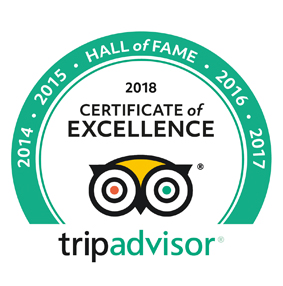Nepal has long been an adventure playground for thrill seekers and nature lovers. With its towering peaks of the north and lush dense forests of the south, the geographical and landscape variation allures thousands of tourists each year. Trekking has become the core adventure niche in Nepal after its inception backs in the late 40s with Bill Tillman being the first trekkers to venture into the mountains.
With effect from 1st April 2023, it has been advocated by the governing body of tourism in Nepal, Nepal Tourism Board, that trekkers voyaging in the highlands of Nepalese Himalayan belts must be accompanied by a government registered trekking guide. The new rule is said to improvise safety standards for trekkers embarking on various treks along the country. FITs (Free Independent Trekkers) or Solo trekkers are bound to be accompanied by a trekking guide
The decision taken by the authority is said to enhance the safety standards of tourists venturing into the Himalayan country. Nepal has wild and rugged landscape with sparsely located settlements along its mid hills. Owing to this very reason, there has been several cases of accidents and trekkers getting lost in the foothills of Himalayas. To negate such incidents trekking guide accompanied tours is paramount.
Why are trekking guides important for treks?
There are several benefits of having a trekking guide alongside you on your trek. Some of these benefits are highlighted herein:
1) Security and Reliability:
A government registered trekking guide is trained specifically to tackle uncertain factors that might occur during your trek. For the most part, trekking in Nepal include venturing in the higher elevation that goes beyond 3500 metres which has been set as a milestone altitude for humans to likely encounter high altitude sickness a.k.a Acute Mountain Sickness. Having a trekking guide with you ensures that he/she will periodically check if you are showing any of such symptoms and take timely measures as required.
2) Connectivity and Communication:
Most of the treks in Nepal involves traversing to some of the remotest regions that are sparsely inhabited by humans. Timely communication and reporting to their Kathmandu counterpart is a must in order to maintain safety of trekkers. Trekking guides have a widespread connection with people in the region and are equipped communication devices that provide long distance services. Also, language barrier can be another hassle during the trek as not everyone can speak in English or even Nepali in some cases during your trek.
For an instance, Manaslu Circuit Trek involves traversing to the remotest region of Gorkha district. After you pass through Sama Gaun and head for Samdo there is almost no communication services available with people therein speaking mixed Tibetan language. Herein having a trekking guide can assist in booking your accommodation in the next stop or call for emergency services if things don’t go as planned.
3) Navigation:
It is paramount for trekkers to know which trail they are taking during their trek. A trekking trail usually has multiple routes to reach a destination and some of the remote sections of Nepalese trekking trails don’t have signage and markings, making navigation cumbersome.
For an instance, you may be planning to go for Everest Base Camp. Here, you have multiple options of your choosing to reach there. For one, you may opt for the classic trek Lukla-Namche-Tengboche- Dingboche-EBC. On the flip side, upon reaching Namche you get to know that there is an amazing glacial lake , Gokyo Lake, which can be reached if you make a small extension or de route on your way to the base camp. Furthermore, you may even choose for Everest Base Camp Heli tour which cuts down your days to a bare minimum so you can reach the base camp comfortably and trek back down.
In such circumstances it is always better to have a trekking guide alongside yourself in order to navigate the trail properly or even plan your itinerary in the best possible way.
4) Cultural Immersion and Experience:
A trekking guide will have traveled across the trail you are planning to trek on hundreds of times in the past. He/she is bound have a good personal relations with the locals. They will have people they know and spots that tourists find alluring all across the trail. Hereby, you may have a golden opportunity to interact with the locals, have a first hand experience of their walk of life (occupation, cooking, religion and practices) which will make your trip even more wonderful. Also, there are stories and fables that are attributed to places and villages which will go untold if you don’t have a trekking guide alongside you.
There are numerous festivals that occur round the year across Nepal. Your trekking guide will have the knowledge of such events and even let you participate in such feats if it seems feasible . For an instance, Manirimdu is a religious festival celebrated in the Everest region during October or November. There is a huge celebration specially in Tengboche, Thame and Chiwong monasteries along the trail. Planning your trek itinerary in accordance can be professionally done by your trekking guide if you let them know your plans in advance.
How much does Cost for trekking guides in Nepal?
The cost of hiring trekking guides in Nepal vary depending on multiple factors. The duration of the trek, experience of the guide, language proficiency, route of the trek among others determine price your guide may charge you. A registered trekking guide who freelances their services might come at a reasonable price while a company associated guide who has it as their core profession with years of experience might come at a higher price.
If we are to determine the range of prices, usually, a guide can charge you $25-$100 per day based on your requirements and pre requisites. There is no minimum limit set for the per day charge, you can always negotiate your way through and set a price for the guide.
How to choose a Best trekking guide in Nepal?
Choosing a trekking guide can be a cumbersome activity and you need to look into few details in order to know you are venturing for the trip with the correct person.
1) Experience: Firstly, it all comes down to how much is the guide experienced in the Himalayas. Since the trek usually heads towards some of the remotest locations. It is paramount for the guide to have first hand experience.
2) Trekking Agencies: You will find numerous trekking agencies that have professional guides with years of experience under them. At Adventure Great Himalaya , we have local guides who are proficient in language and have years long experience with high altitude trekking. You may even choose to communicate with your assigned guide before your arrival. We have a guides section on our website which you may be interested in browsing over.
3) Testimonials: Your best bet in choosing a trekking guide for your trek is to look out for recommendations and reviews from his past clients. Usually, if he/she is associated with a trekking company, you will find his review in testimonials sections of the trekking company’s website. Or you can ask for the guides for his past clients reviews.
4) Documents and Identifications: A government registered guide will have his trekking guide license which is approved the government of Nepal. It is the sole document which verifies his language proficiency, knowledge of geography and locations, navigational skills, first aid and emergency reactions among others.

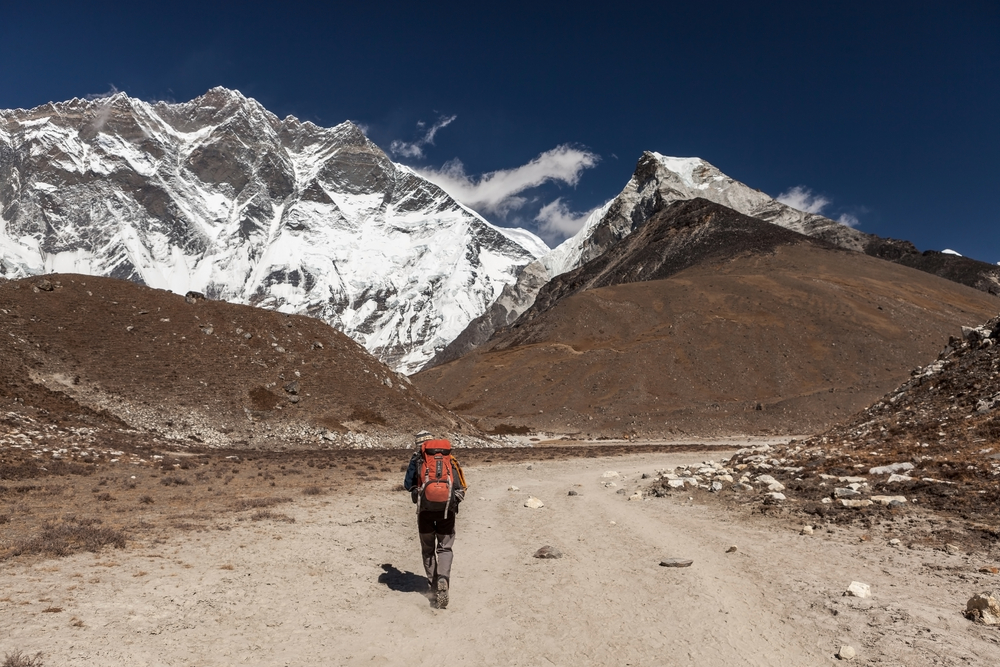
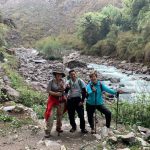 Wednesday, June 25th, 2025
Wednesday, June 25th, 2025
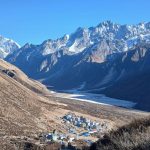 Sunday, June 22nd, 2025
Sunday, June 22nd, 2025
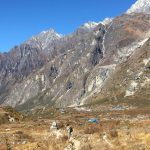 Saturday, June 14th, 2025
Saturday, June 14th, 2025
 Sunday, June 8th, 2025
Sunday, June 8th, 2025
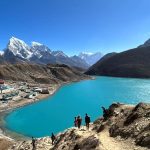 Wednesday, June 4th, 2025
Wednesday, June 4th, 2025
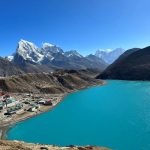 Wednesday, June 4th, 2025
Wednesday, June 4th, 2025
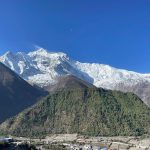 Friday, May 16th, 2025
Friday, May 16th, 2025
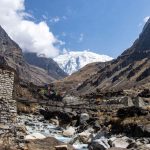 Friday, May 9th, 2025
Friday, May 9th, 2025
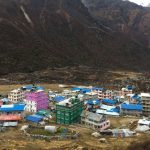 Tuesday, February 25th, 2025
Tuesday, February 25th, 2025
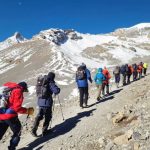 Thursday, April 24th, 2025
Thursday, April 24th, 2025
